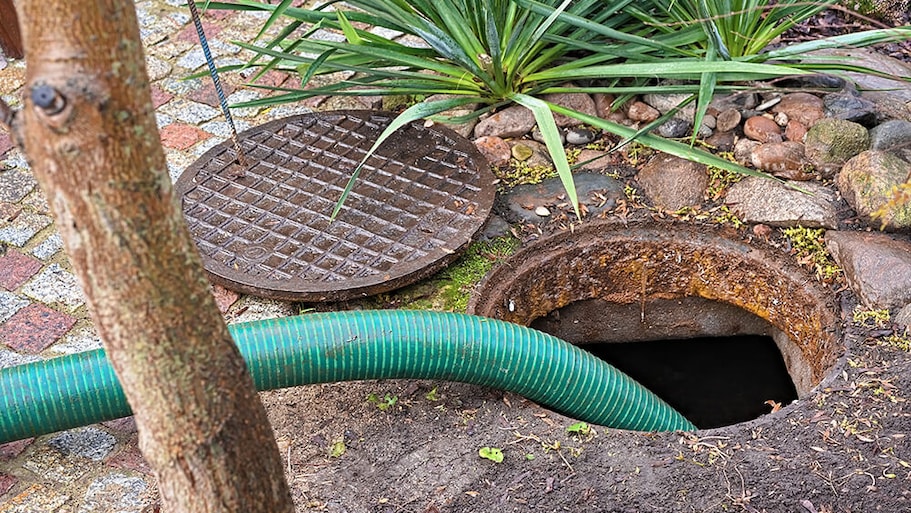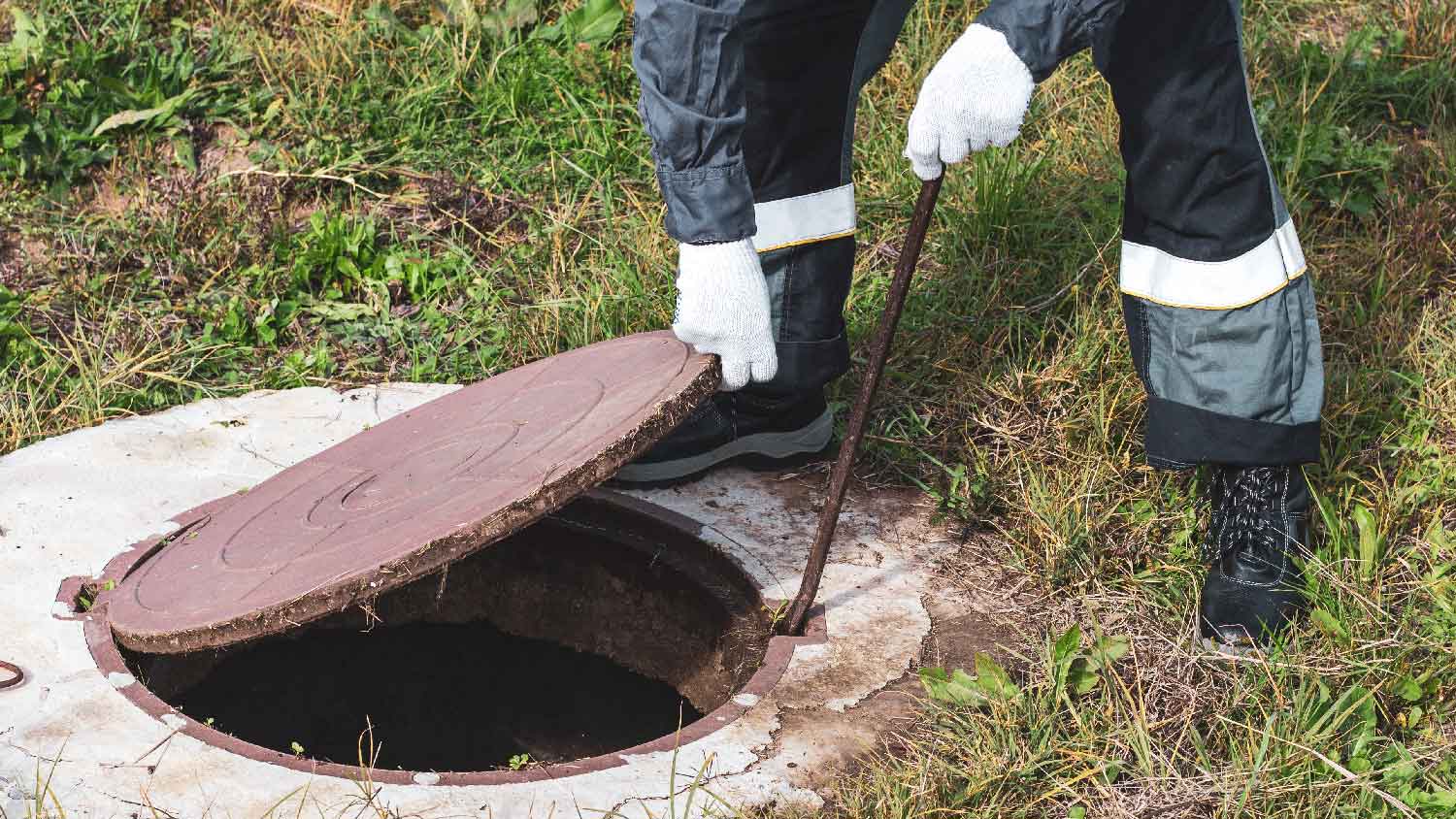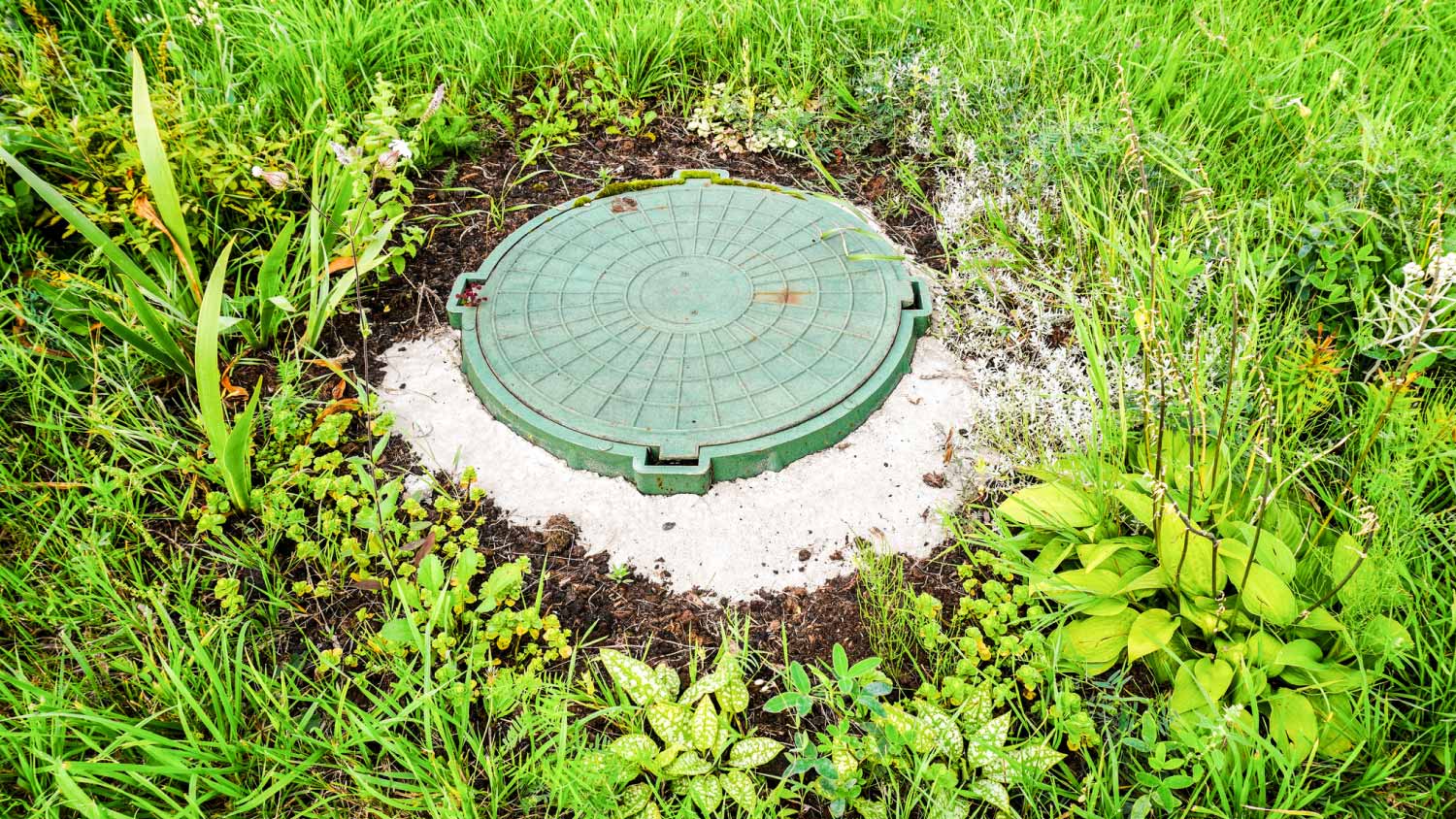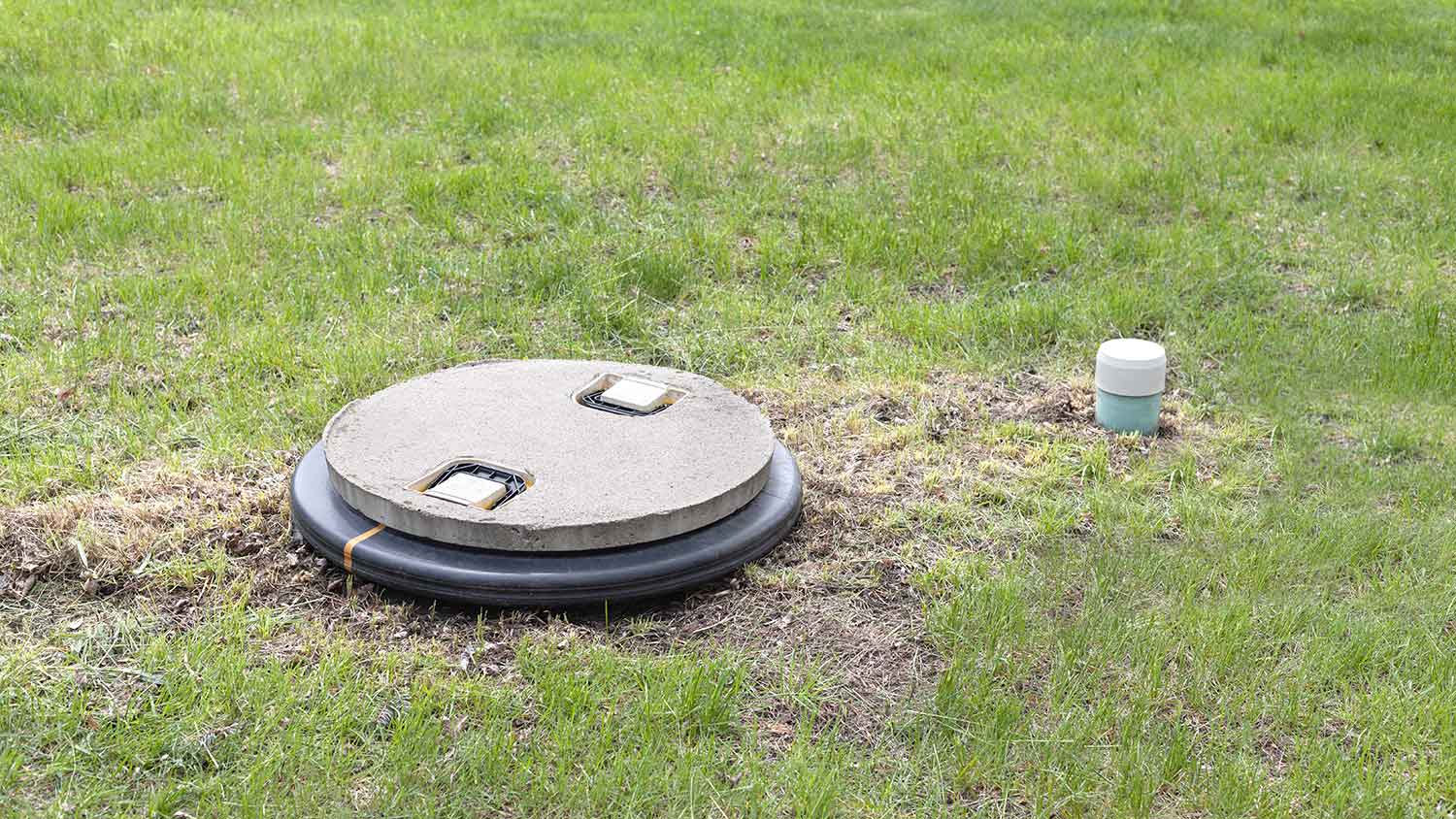
Caring for your septic system is crucial to ensuring its long life. But how much does it cost to pump a septic tank? We explore the different cost factors.
No need to look high and low


If you've got a septic system, it's working hard behind the scenes, whisking wastewater out of your home and into a nearby leach or drain field. While it may not be something you think about often, knowing how to find your leach field is critical if there's a problem with your septic system. Knowing where the leach field is can also help you make landscaping and exterior design plans.

Sometimes called a drain field, a leach field is an area in your yard where your septic system's wastewater flows. Leach fields are located underground and typically consist of several pipes and trenches.
Liquid waste flows from your system's septic tank into the pipes. Once the liquid reaches the area of the leach field, it filters through the pipes into the surrounding soil, where microbes break down any remaining contamination.
The size of your leach field depends on the size of your home. Usually, it's recommended that you have about 100 feet of trenches per bedroom.
The cost to locate a leach field can be between $400 and $700. This typically includes hiring a septic tank company to inspect your property and locate not only the leach field but also the septic tank and your plumbing.
The inspector may recommend a perc test for your septic, which measures how quickly the soil can absorb and filter water. A perc test costs an average of $1,300.

From above ground, a leach field is pretty nondescript. It usually looks like a flat area of your yard, without any buildings or landscaping on it. You may be able to spot a leach field more easily if there's a problem. When your system becomes clogged or overwhelmed, water may start to pool in the drain field, creating a muddy mess.
You can locate your home's leach field in a few ways. One of the simplest options is to consult the plans or map your local septic tank company provided when they installed the system. In many areas, plans must be submitted when applying for a permit to install a new septic system and leach field.
Starting about 10 feet away from your home or any other structures on your property, walk around, looking for an area that is lower or higher than the rest of the yard.
You may also notice that there's a clearing, without any trees or other plants. Since planting on a leach field isn't recommended, that can be a sign that that is where yours is located.
Another thing to look out for is grass that looks lusher than the rest of your lawn. If there's a leak in the leach field or your septic tank, the soil around is getting extra fertilizer, leading to greener grass. While it may make part of your lawn look amazing, a leak is never a good thing, so it's worthwhile to have a septic tank company come out and take a look.
Think of your septic tank as the arrow that will point you in the right direction toward your drain field. You may be able to see the tank's lid on your lawn. If not, you can use a soil probe to locate it. Once you've got the tank in your sights, follow the outlet toward the leach field. There should be about 10 feet between the tank and the leach field.
Not sure how to find your septic tank? A septic system company can look for the leach field for you. A professional may have special tools they can use to trace the pipes that extend from your septic tank into the drain field.

If all is going well with your septic system, your leach field shouldn't need too much attention or maintenance from you. One of the best ways to take care of your leach field is to take care of your septic system. You can do that by:
Not sending grease or solids down any of your home's drains.
Only flushing toilet paper and human waste.
Limiting how many laundry loads you do per day to spread out water usage and avoid overloading your system.
Scheduling regular septic system inspections and septic tank cleanouts.
You also want to be careful about anything you put on top of or near the leach field. Ideally, any buildings on your property will be located at least 10 feet from the field. Since the area above the drain field can't support a lot of weight, avoid parking vehicles on it.
It's also a good idea to avoid planting trees near or on top of the field, as their roots can interfere with the pipes and trenches below.
While you can locate your home's leach field yourself, you may feel more confident hiring a professional to do the job for you. A septic tank company should be able to trace the location of your drain field. Another option is to call a local plumber to do the job.
From average costs to expert advice, get all the answers you need to get your job done.

Caring for your septic system is crucial to ensuring its long life. But how much does it cost to pump a septic tank? We explore the different cost factors.

If it’s been there for a while, it can be hard to find the septic tank in your yard. Learn how much it costs to locate a septic tank with this guide.

Planning a big project? It might be time to ask how much it costs to get utilities on land. This isn’t a budget-friendly project, so start planning here.

Your lot might require an alternative septic system based on location and soil conditions. Learn all about alternative septic systems and their costs.

How do you know if you have a septic tank? We’re breaking down how septic systems work, what they cost, how to maintain your tank, and who can repair one.

Does homeowners insurance cover septic systems? The answer depends on what kind of damage you’re dealing with and how it occurred.